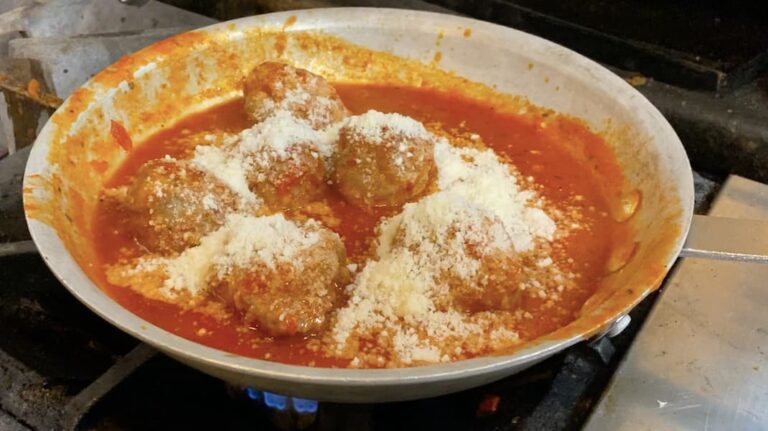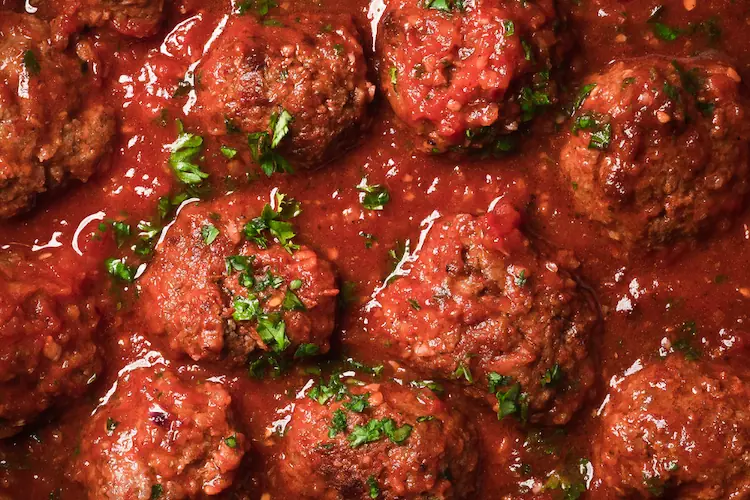Italian Wines Part I: Whites
Getting into Italian wine is a never-ending adventure. There are hundreds of wine grapes unique to Italy. If you were to try a new varietal each week, it would take you over 20 years to taste your way through the country. Put that into perspective! Our guide to Italian Wines will give you the start to your wine learning journey, preparing you to confidently order a bottle while dining out, or grab a bottle at the store to bring home for dinner.
Before you get overwhelmed, hear us out. There are 20 regions in Italy that specialize in a few primary wines. This is the way to start your adventure and we’re here to break it down for you.
Italian White Wines
- Pinot Grigio: Dry, lean and minerally with notes of white peach, lemon-lime, and subtle salinity.
- Verdicchio: A lean, dry white wine that’s zesty and slightly bitter, but supported with a creamy palate. A great wine for pairing with fish.
- Cortese: A lean, dry white wine with intense graphite-like minerality. You’ll sense herbs, citrus, and high acidity. Cortese is zesty and floral, similar to Pinot Grigio.
- Frascati: A blend of white grapes that primarily include Malvasia and Trebbiano but may also include Chardonnay and others. Frascati is usually light in alcohol with flavors of lemon and flinty-like notes (due to the region’s volcanic soils).
- Garganega: These wines are dry and lean with notes of preserved lemon, honeydew melon, and a touch of green almond on the finish. Garganegas are often oaked in a style similar to oaked Chardonnay with more almond-like aromas.
- Trebbiano: One of Italy’s most planted, but least talked about, white grapes. produces medium to full-bodied white wines with citrus, apple, and tropical fruit flavors in a similar style to Chardonnay.
- Falanghina: A fuller bodied white (similar to Chardonnay) with peach, lemon and pear flavors with subtle notes of honey and sweet-smelling flowers.
- Sauvignon: Usually a blend of Sauvignon Blanc and Sauvignonasse with green, zesty flavors of gooseberry, lime, honeydew melon, lemongrass and pea shoots.
- Vermentino: Aromas of aromatic green herbs, citrus zest, and spice. A Vermentino wine is a crisp white, often similar tasting to Sauvignon Blanc with the same bitterness as a Grapefruit pith.
- Fiano: A Southern Italian white wine grape from Campania with floral, citrus and nutty aromas.
- Arneis: A grape from Piemonte region most notable for the regional white wine Roero DOC. It produces a medium-bodied wine that is fresh and grassy, similar to a Sauvignon Blanc.
- Moscato: A very aromatic grape most known for its sweet and bubbly version, Moscato d’Asti from Piemonte. It is a delicately floral sweet wine that explodes with aromas of mandarin orange, honeysuckle, orange blossom and pear.
- Prosecco: The most famous sparkling wine from Italy is grown mostly in Veneto around the region of Valdobbiadene. Prosecco has aromas of white peach, meyer lemon, honeysuckle, and creamy vanilla.
Later on in this series, we’ll show you how to pair wine with popular Italian dishes including pizza, pasta, and heck — even sandwiches! Stay tuned for more blog posts by following us on Facebook, Instagram, and Twitter.










One Response